Mirador de la Alhambra
Mirador de la Alhambra is a lookout point with breathtaking views over the city and its surroundings. The vantage point offers a wide-angle view of the city, the known Alhambra Palace, and the Sierra Nevada mountains from its high location.
It is one of the most visited tourist destinations in Granada. From the city center, it is simple to get to the viewpoint by foot, by automobile, or by public transportation. Visitors may take in views of the city along the course of the picturesque stroll to the lookout.
Sacromonte
Sacromonte is a historic neighborhood located in the hills above Granada. This neighborhood is famous for its traditional cave dwellings, known as ‘cuevas’, vibrant flamenco culture, and stunning views of the Alhambra and the city below. Sacromonte was originally a hub for gypsies and flamenco performers, and in the 19th and 20th centuries, the area became home to a large number of artists, writers, and intellectuals, who were drawn to its bohemian atmosphere and stunning views.
Bib-Rambla square and the Alcaiceria market
Bib-Rambla Square (or Plaza Nueva), is a lively and bustling square located in the heart of Granada’s historic district. It is surrounded by cafes, restaurants, and shops where you can rest for while after a long walk in the city. In the center of the square stands a monument to the famous poet Federico García Lorca, who was born in Granada.
The Alcaiceria Market is a historic market located near Bib-Rambla Square. It was originally built in the 11th century and was one of the largest silk markets in the world. Today, the market has been restored and houses a variety of shops selling souvenirs, traditional crafts, and local products.
Granada ancient Arab baths
The Granada Ancient Arab Baths are a fascinating historical attraction and date back to the 11th century and are an excellent example of the bathhouses that were built by the city’s Arab rulers during the Moorish period. While you are there, you can explore the various rooms and areas of the bathhouses, including the cold room, the warm room, and the hot room, each of which served a different function in the bathing ritual.
The Granada Ancient Arab Baths are easily accessible and are located just a short walk from many of the city’s top attractions and shopping areas. They are open to the public 7 days a week and offer a range of ticket options for visitors, including individual admission and guided tours.
Mirador de San Cristóbal
Both locals and tourists enjoy the Mirador de San Cristóbal, where they gather to take in the scenery, unwind, and admire the beauty of the city. The viewpoint is a popular location to see sunrises and sunsets, and visitors may enjoy a picnic or simply relax while taking in the breathtaking views.
The Mirador de San Cristóbal is a must-see location, regardless of whether you live nearby or are simply visiting Granada. The vantage point provides a beautiful setting for an unforgettable encounter.
Casa-Museo Federico García Lorca
A museum honoring the life and works of famous Spanish poet and dramatist Federico Garca Lorca. It is one of the most significant cultural institutions in the area and is situated in the southern Spanish town of Granada.
The childhood home of Lorca, a classic Andalusian-style building that has been conserved and refurbished to match its original look, serves as the museum’s location. Visitors may visit Lorca’s bedroom, the family living room, and other rooms, all of which have been adorned with the author’s personal items and period-appropriate furniture.
The museum has displays that highlight Lorca’s creative output and the social and political environment in which he resided. Visitors may learn more about the author’s life and work by seeing displays of his manuscripts, original editions of his works, and personal belongings, as well as interactive displays and video presentations.
For admirers of Lorca’s writing and for those with an interest in Spanish literature and culture, it is a must-see location.
Palacio de los Córdova
It is notable for its elaborate ornamentation and lengthy history and is regarded as one of Andalusia’s most significant examples of Renaissance architecture.
A wealthy and powerful family in Granada at the time, the Córdova family commissioned the construction of the palace in the 16th century. The palace is a magnificent example of Renaissance architecture that incorporates regionally characteristic Gothic and Mudéjar designs.
The Palacio de los Córdova is known for its lavish décor, with beautiful carvings and sculptures covering both the façade and inside of the structure. The palace’s stunning courtyards, which are encircled by columns and arches and embellished with elaborate tilework and fountains, are another thing that makes it famous.
The Palacio de los Córdova is significant historically and architecturally, but it also has a long cultural heritage. Some of Granada’s most well-known artists and authors have called it home. It has been used as a residence, a military barracks, and a cultural center.


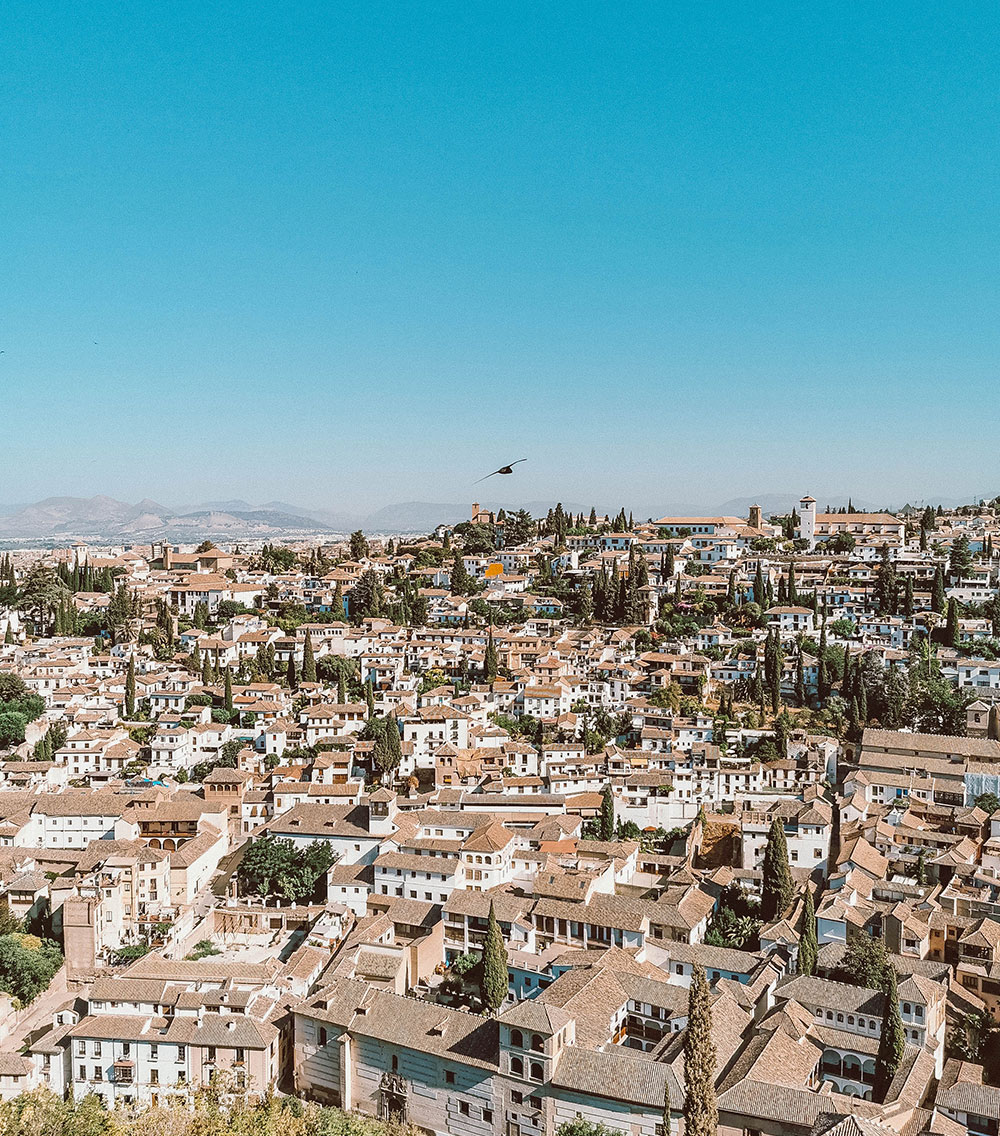
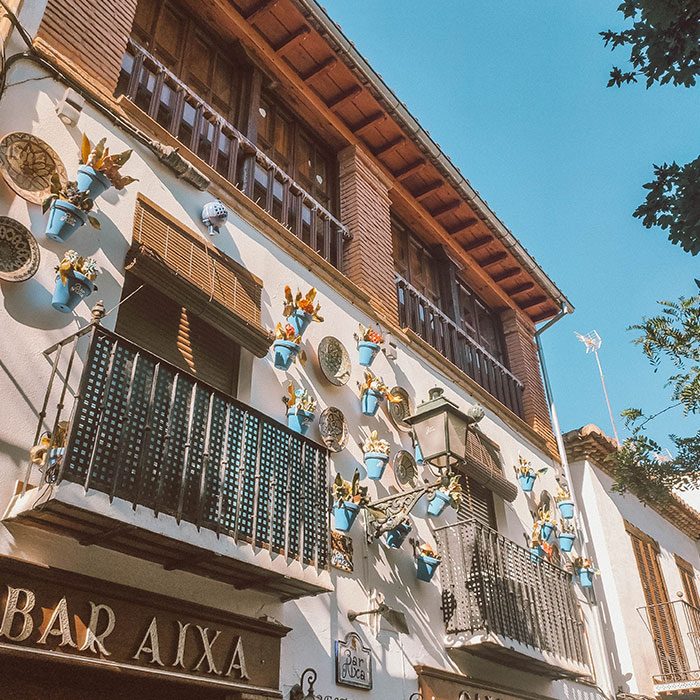



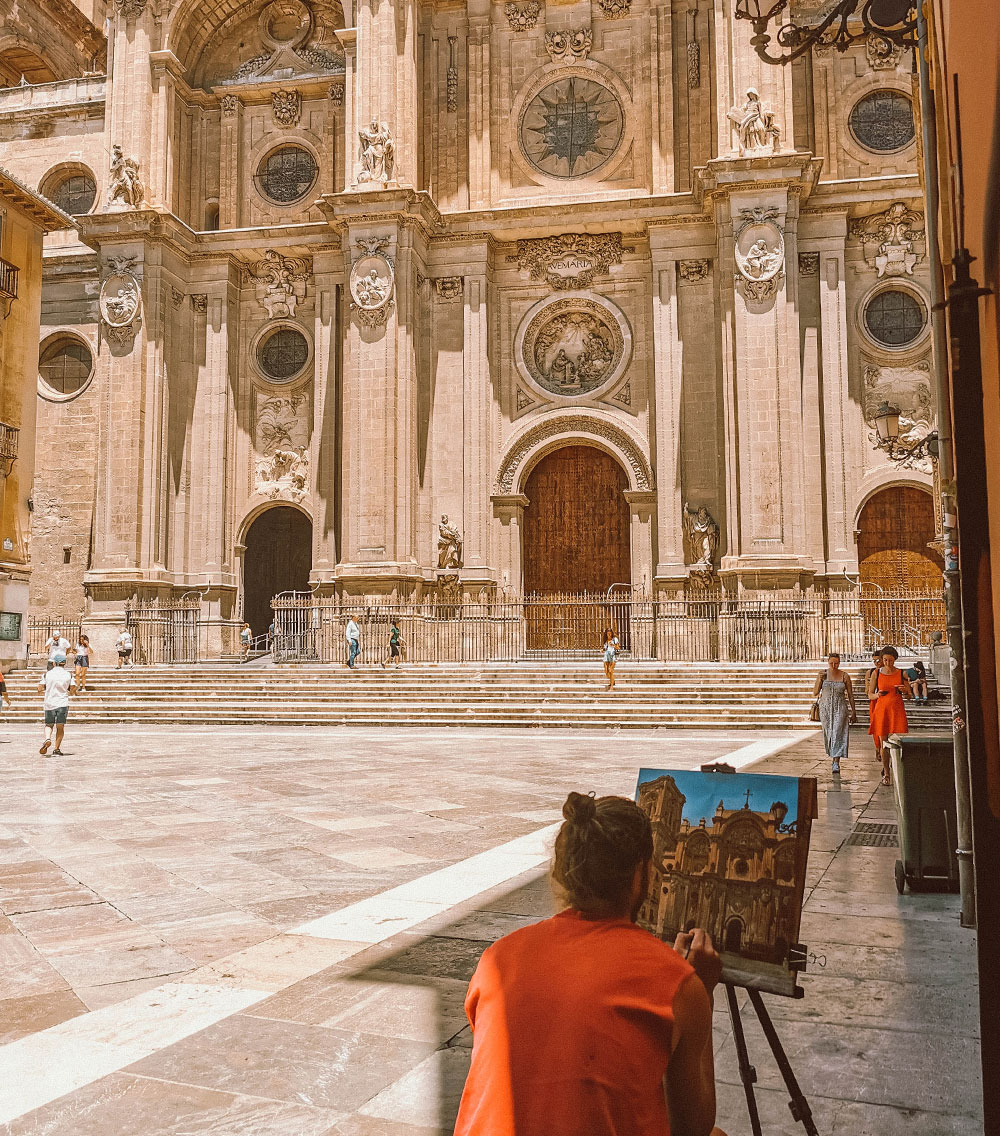
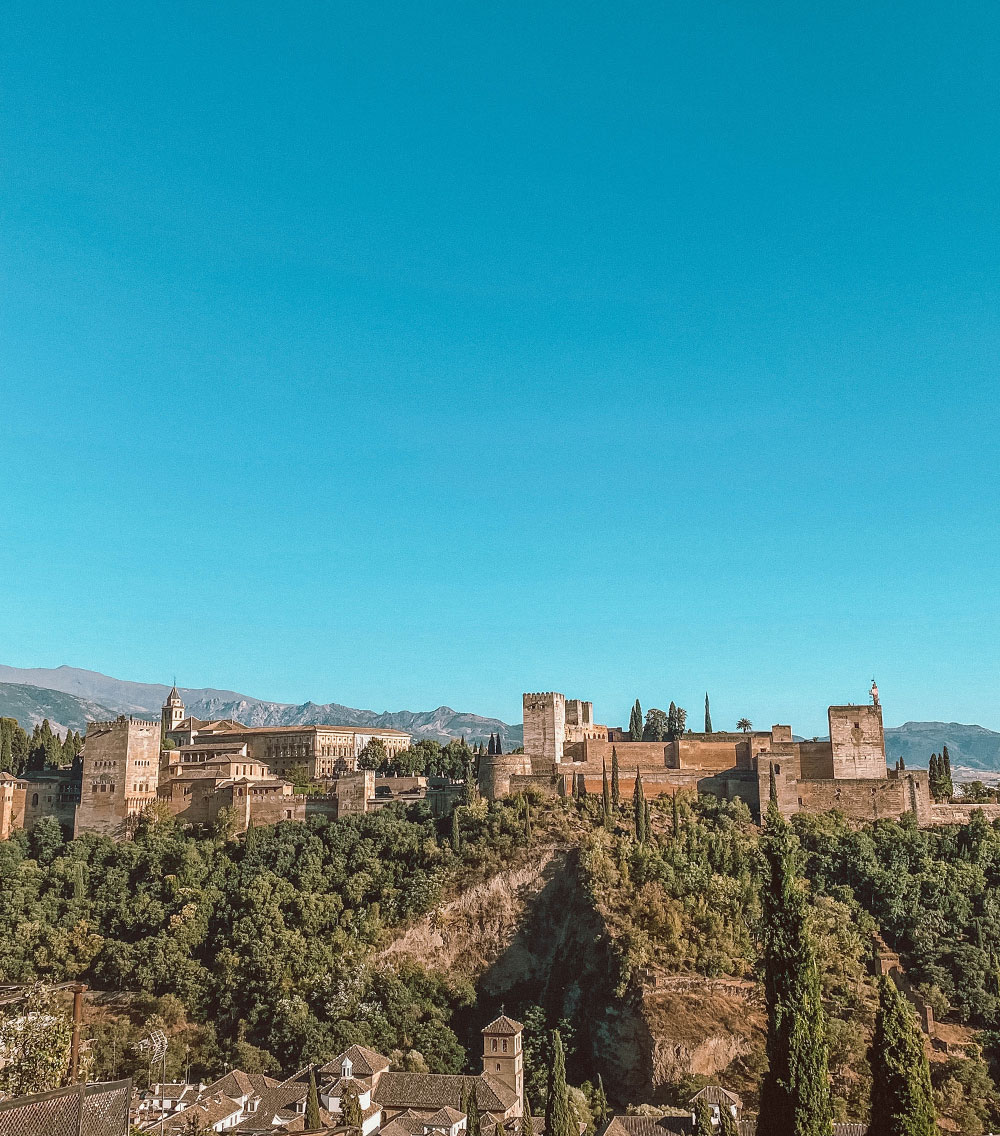
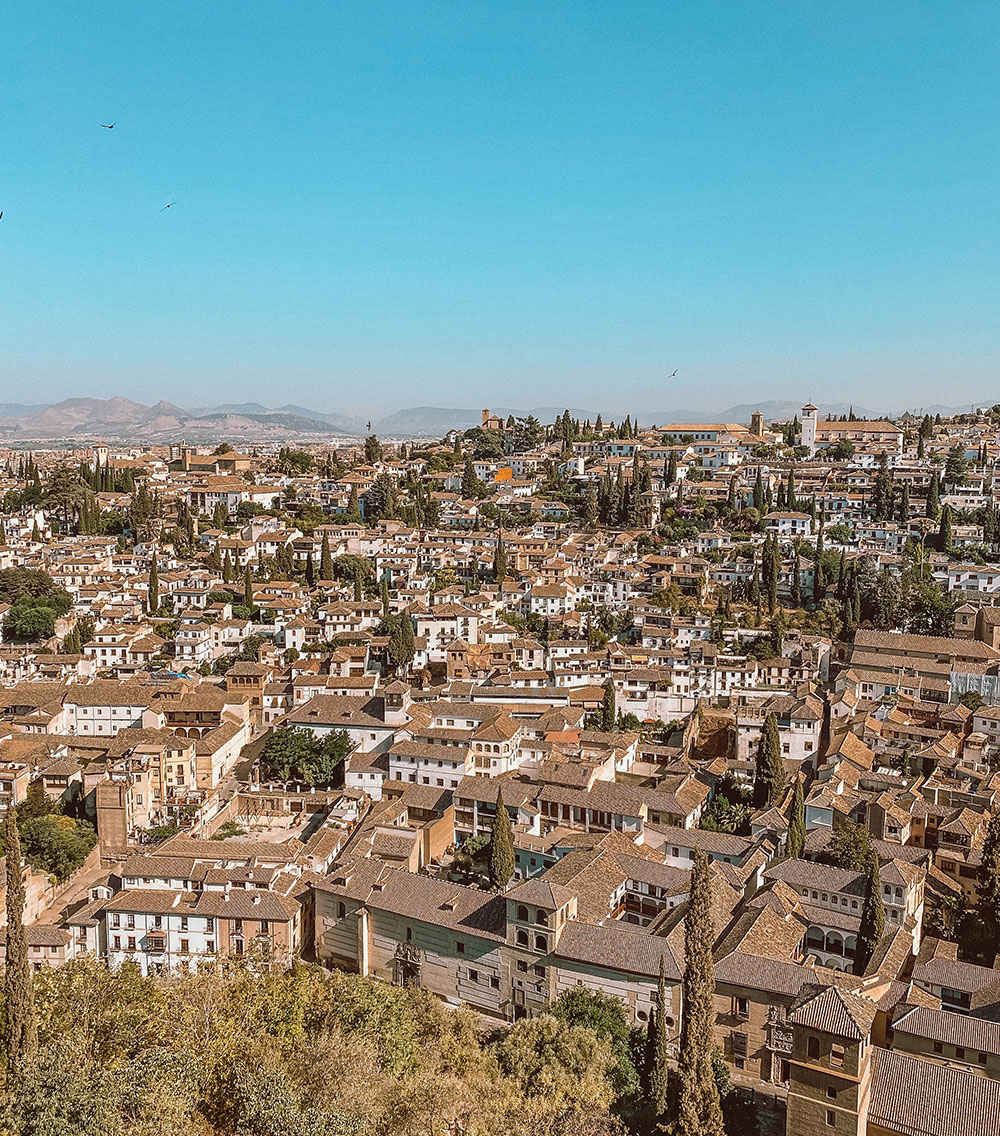
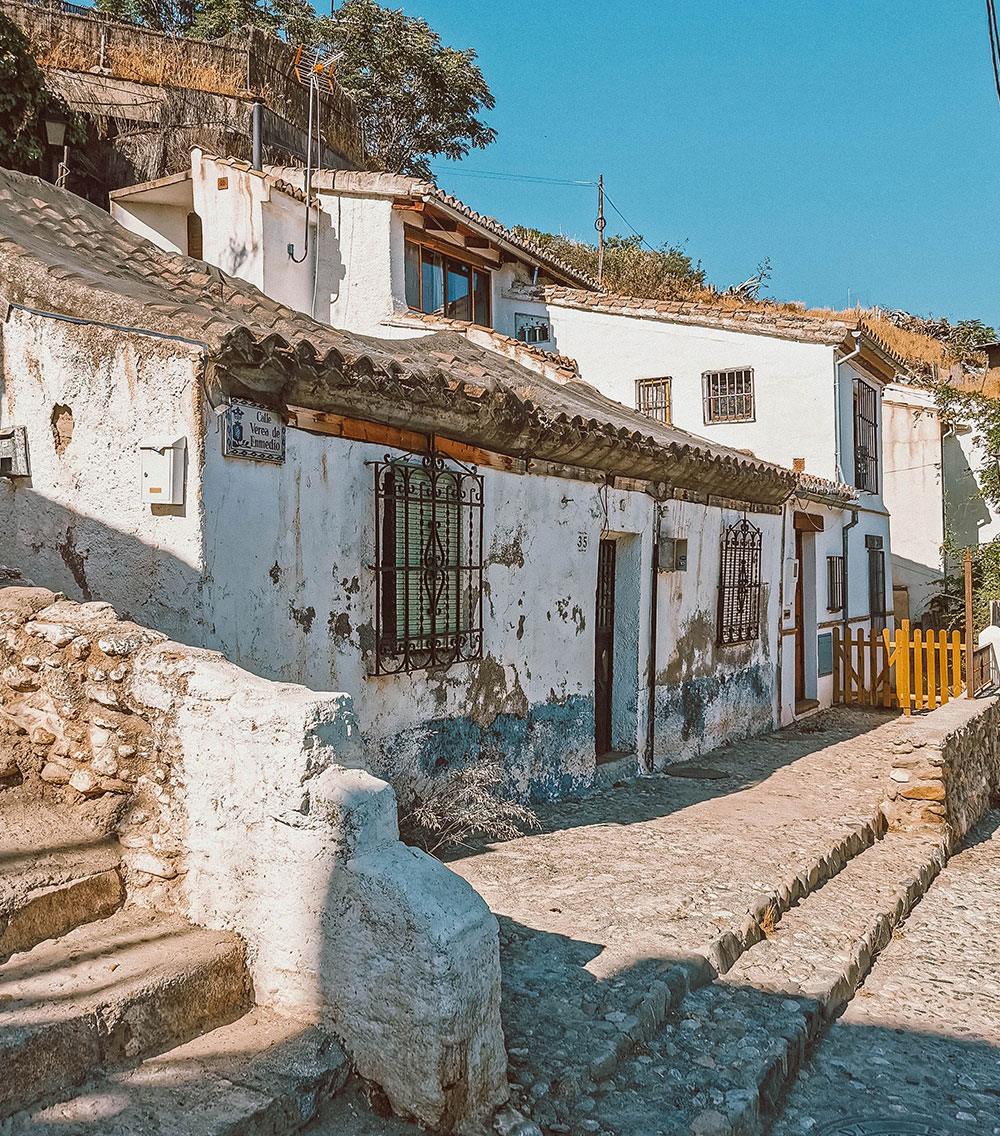
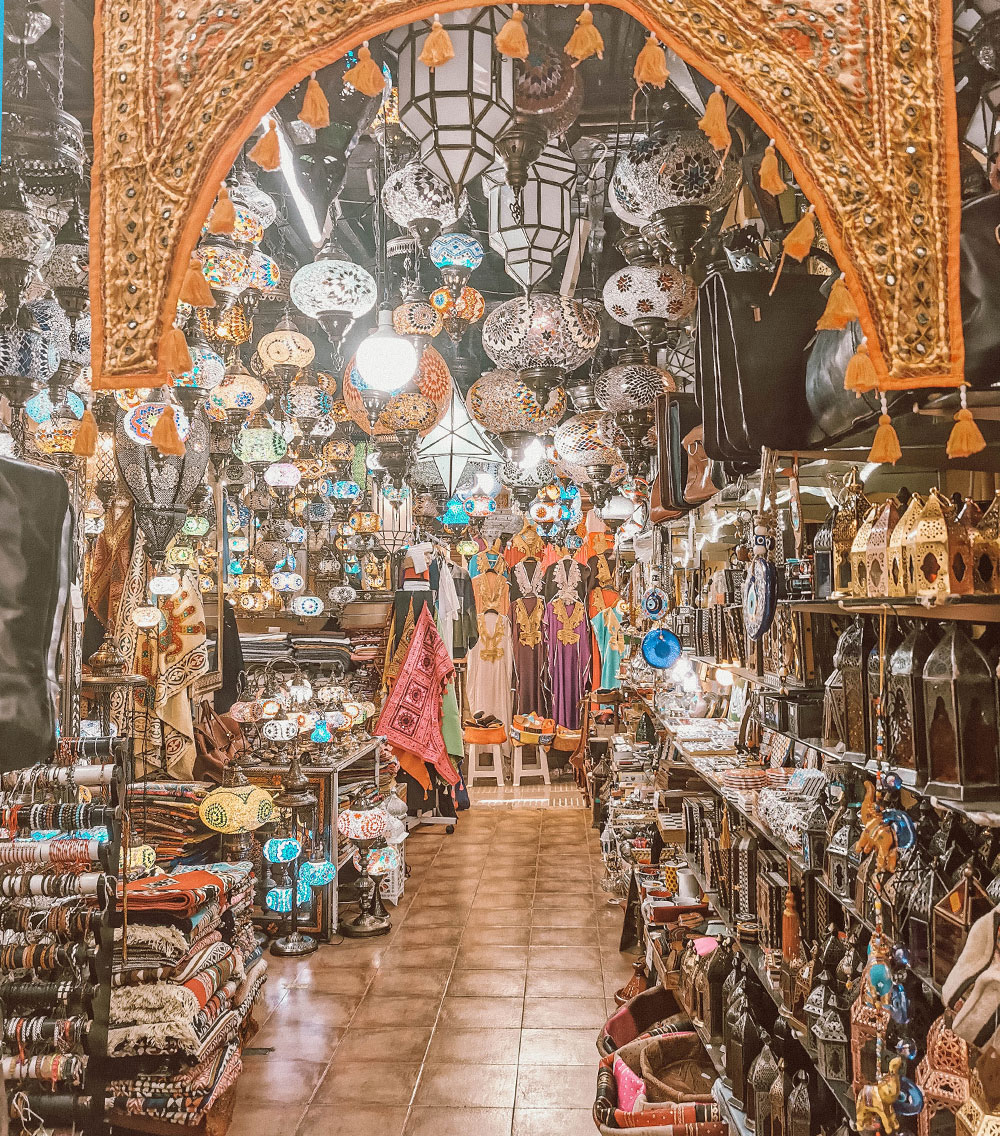
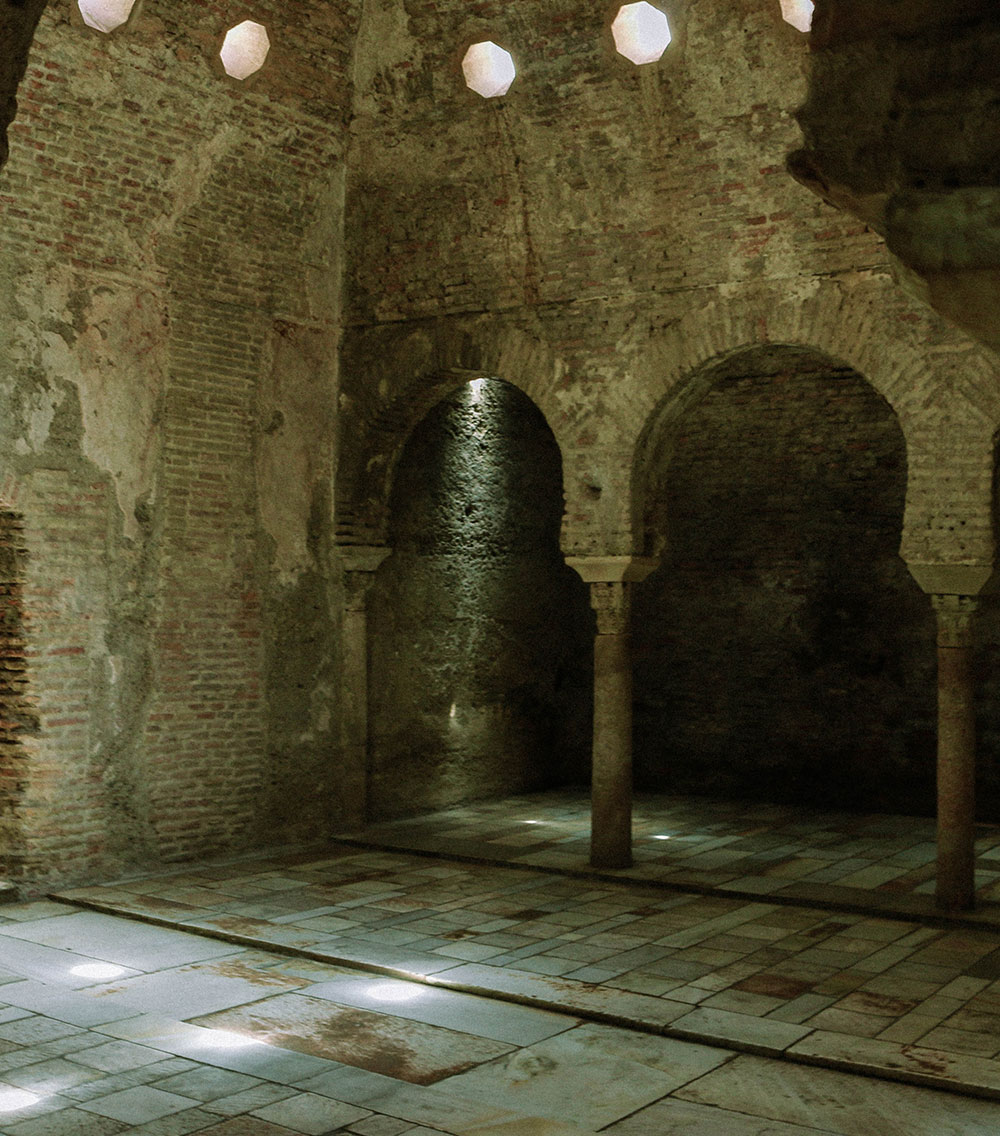
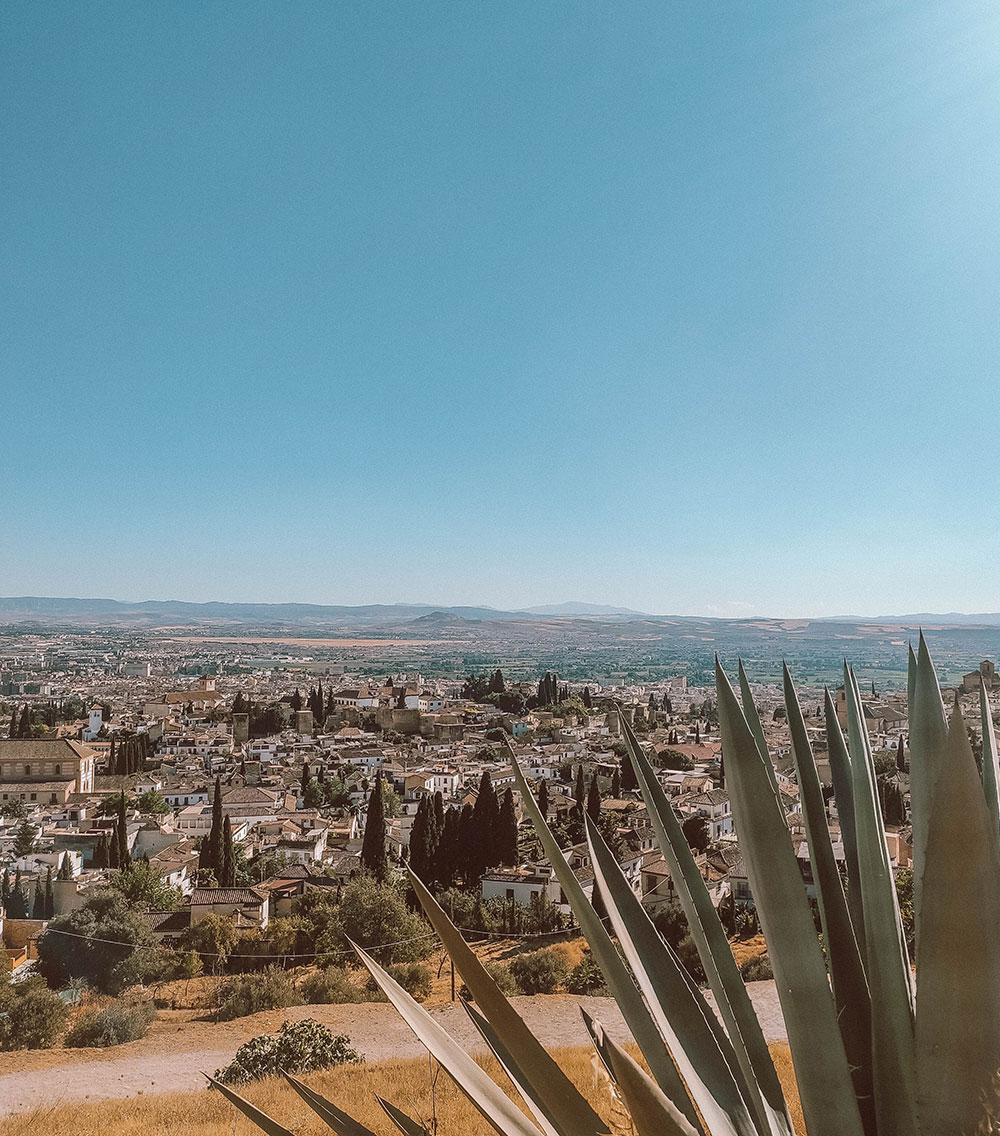
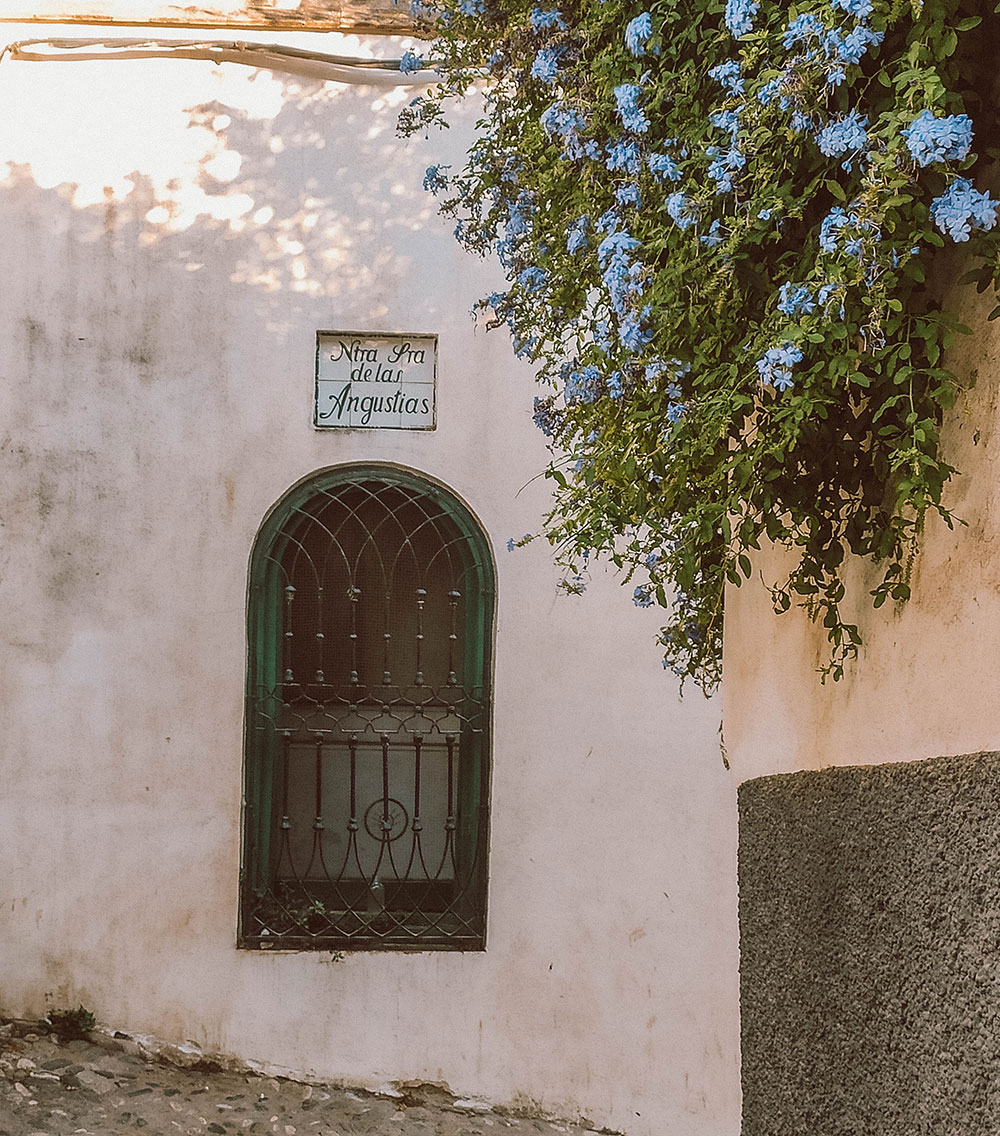
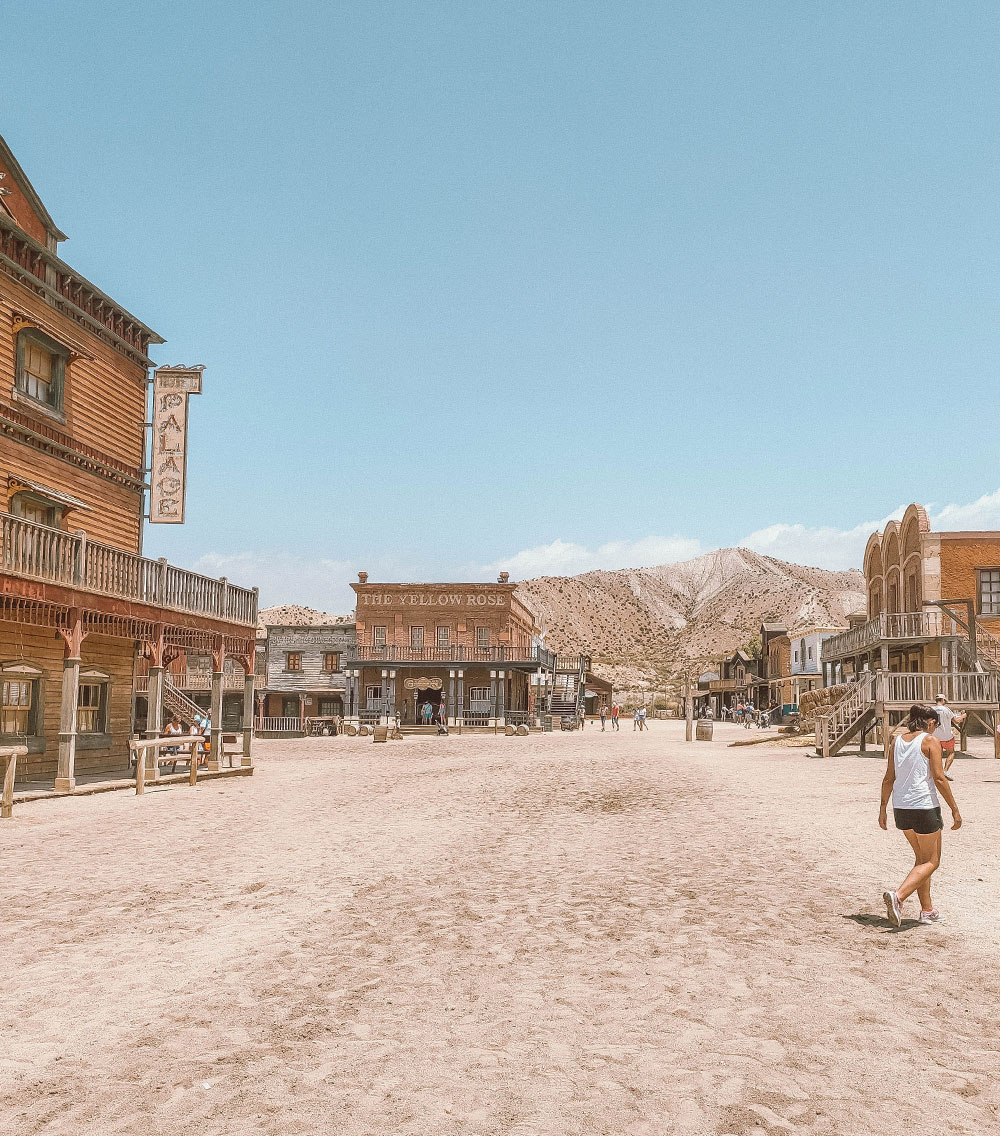
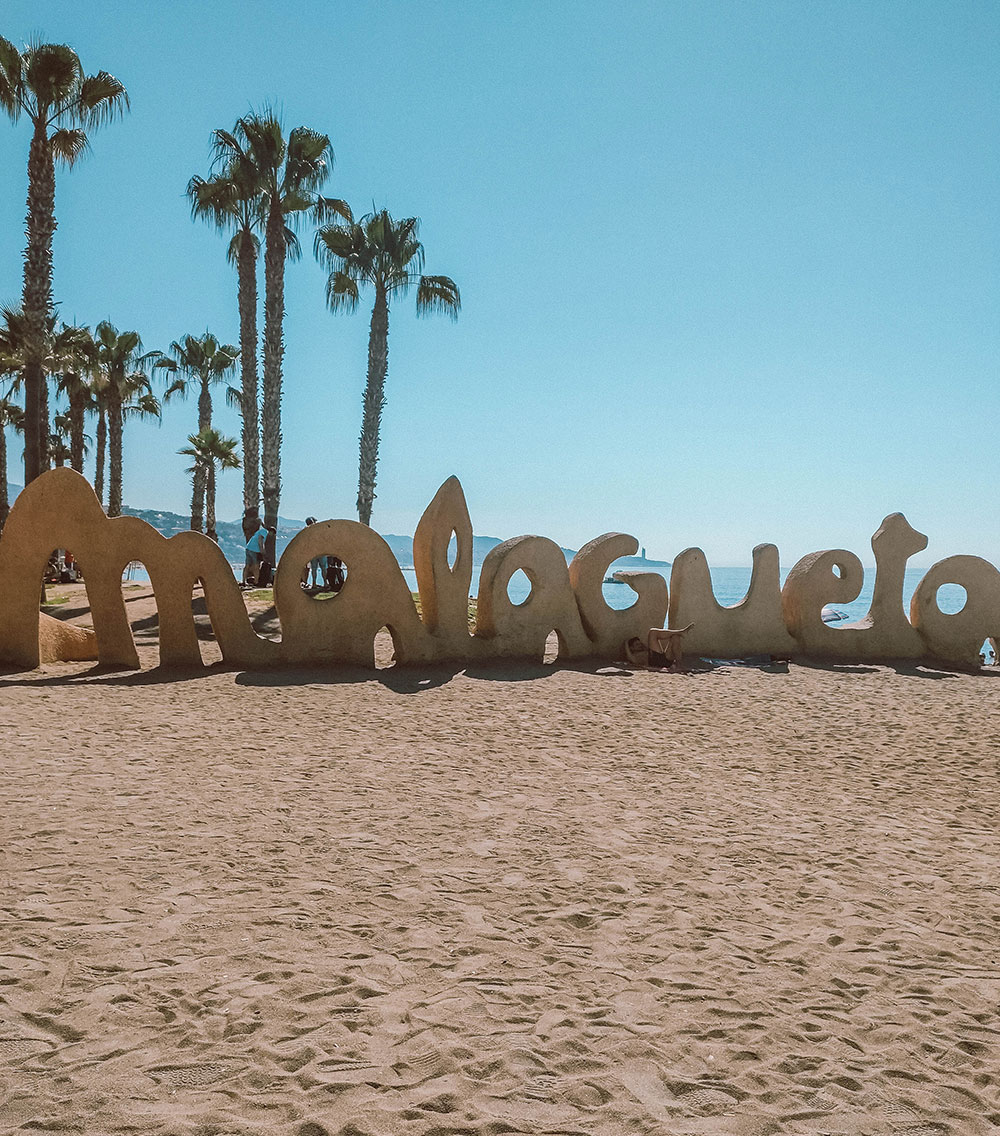
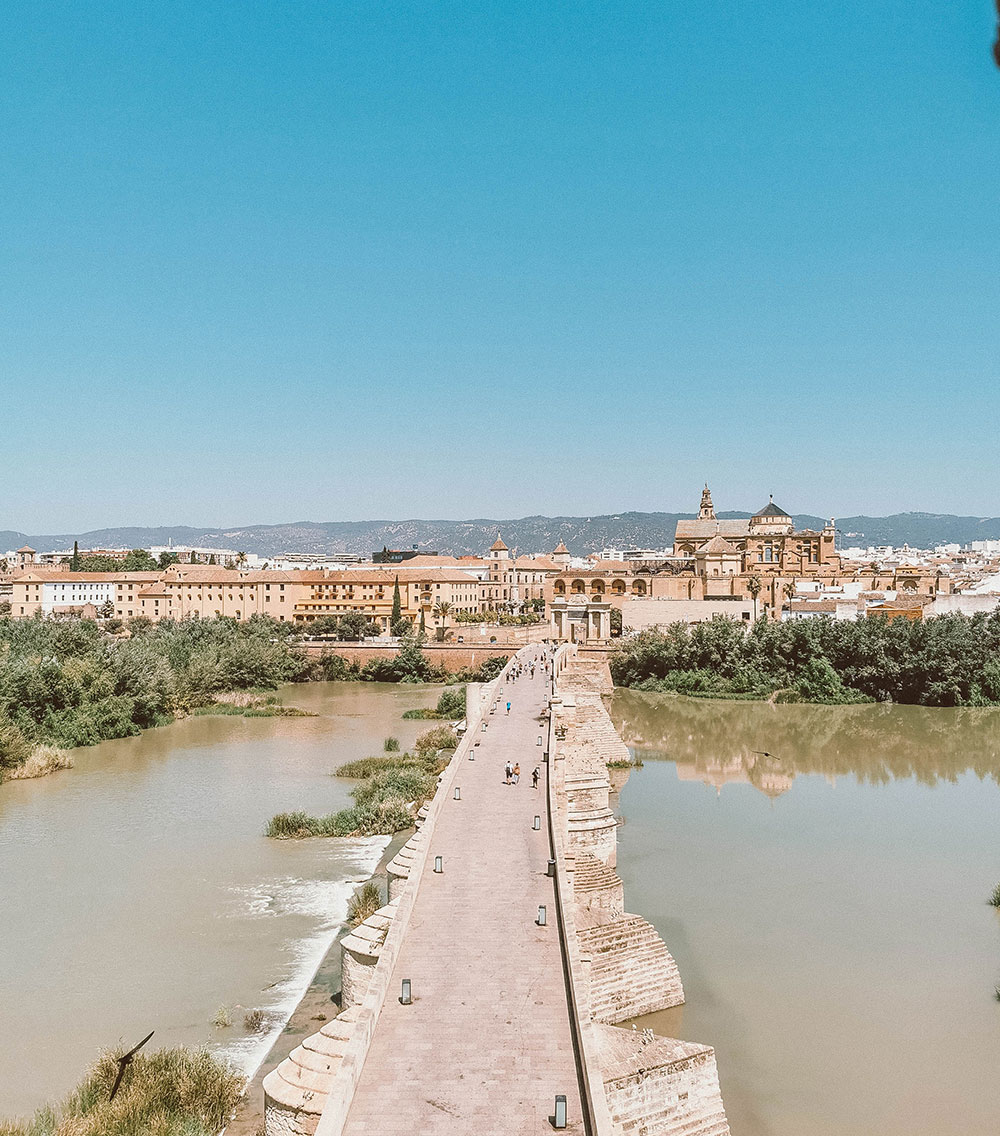

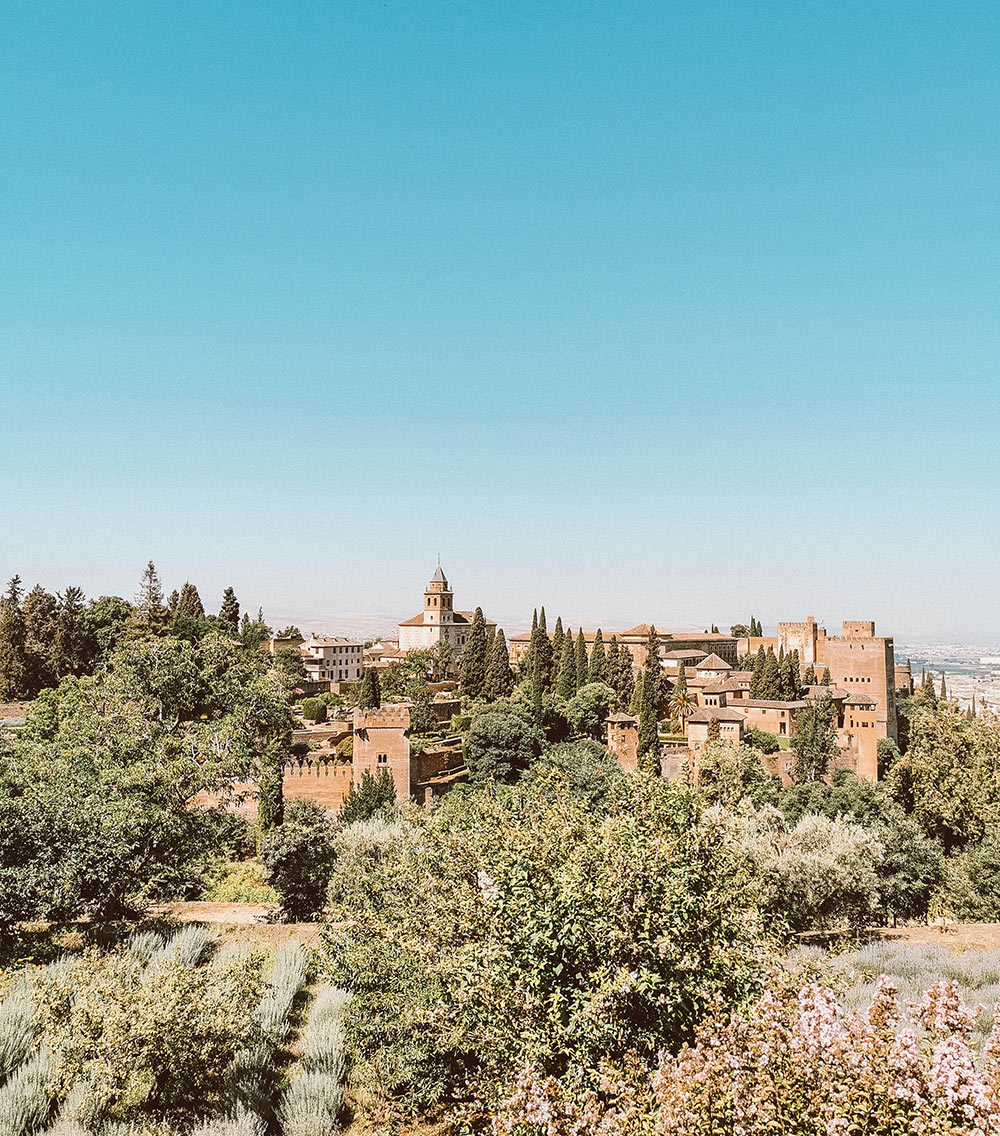
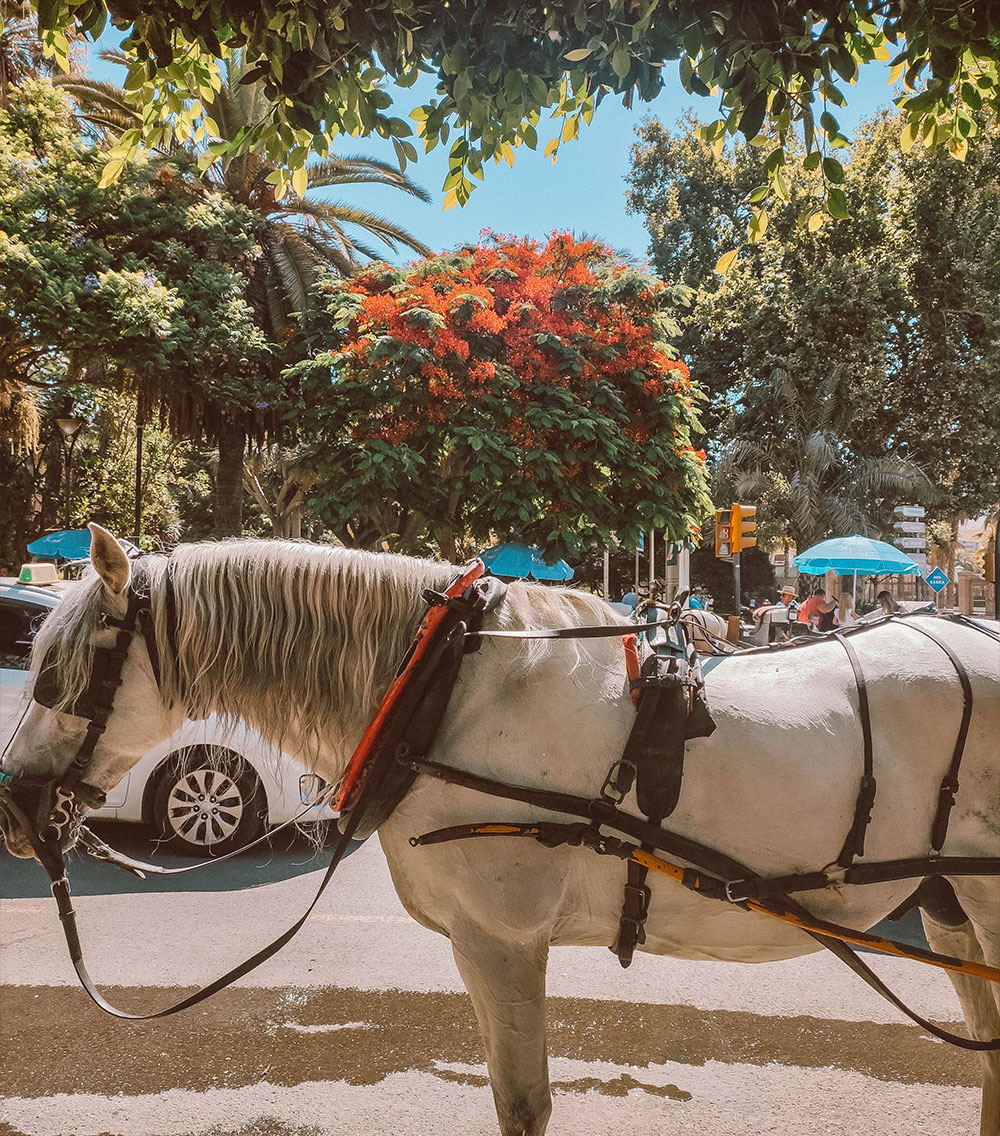
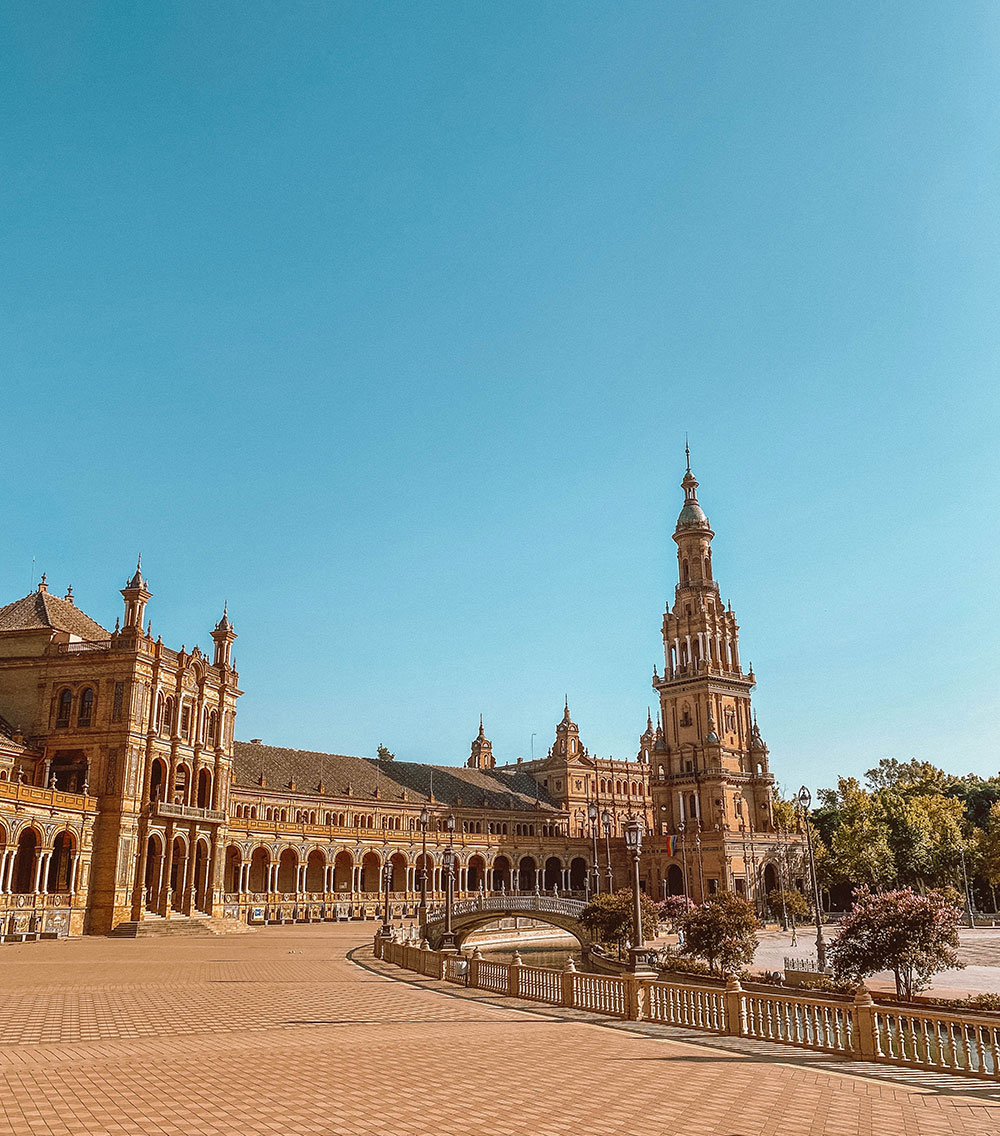
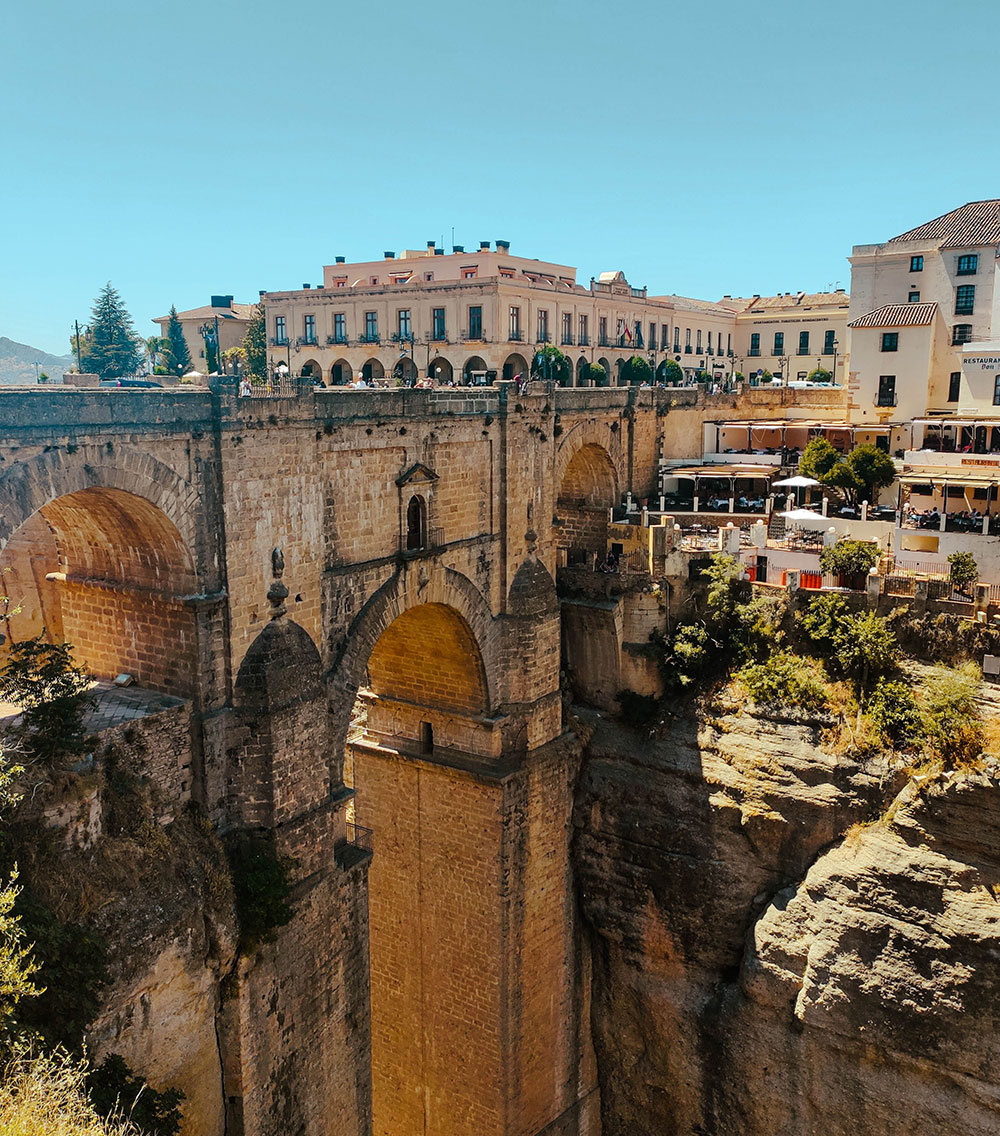
No Comments